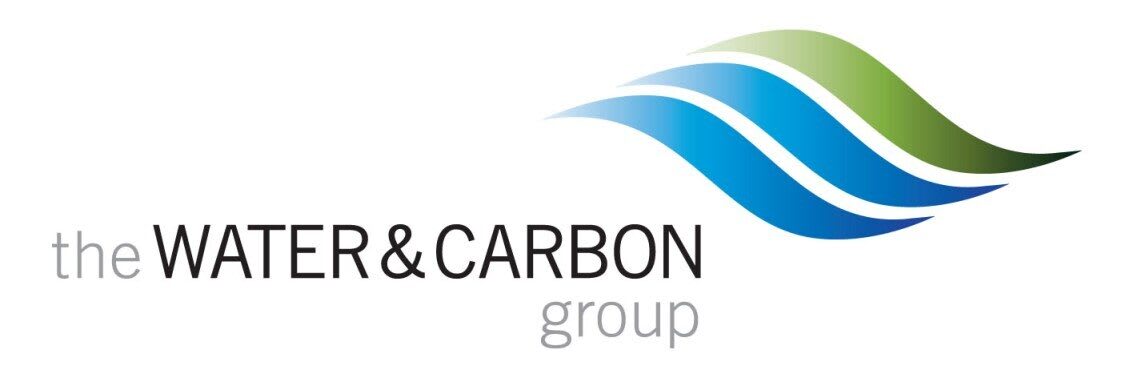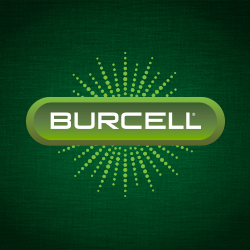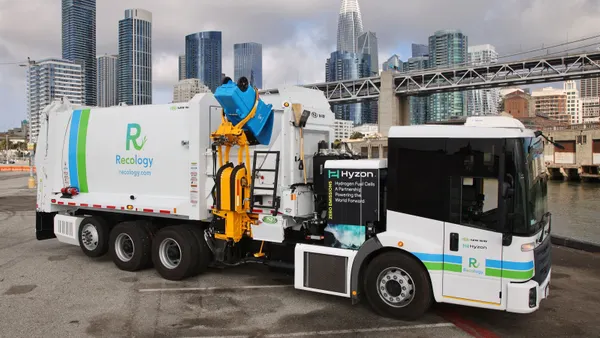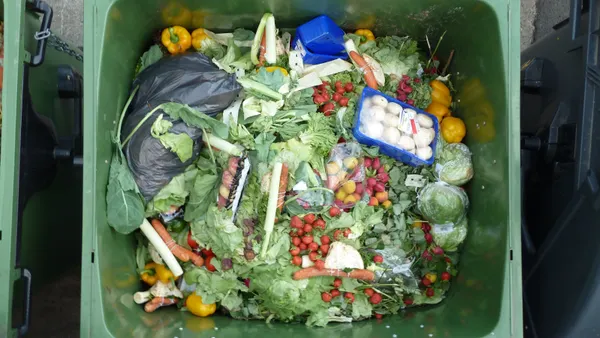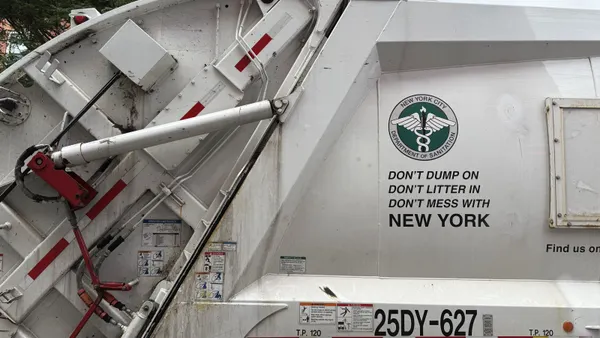Dive Brief:
- An aerial mapping survey of marine debris on eight main Hawaiian islands indicates that most of it didn't come from the 2011 tsunami.
- The survey was funded by the Ministry of the Environment of Japan as part of the Japan Tsunami Gift Fund. It was conducted by the National Oceanic and Atmospheric Association (NOAA), the state Department of Land and Natural Resources (DLNR) and the North Pacific Marine Science Organization between August and November last year.
- The island of Niihau had the most debris, in part due to ocean currents, with close to 8,000 pieces of garbage counted. Oahu had the least with 1,000 pieces.
Dive Insight:
Debris from the massive tsunami started washing up on Hawaii in 2012. An estimated 1.5 million tons of debris has been making its way across the Pacific Ocean ever since. Clean-up crews from Alaska to California have also encountered this waste for years.
NOAA has been monitoring the situation and even mapping individual sightings. The majority of tsunami debris — houses, cars, ships — sank long before crossing the Pacific. Lighter items such as buoys and furniture did travel. Yet a large portion of what the Hawaiian survey found was small plastic items.
"Most of what was mapped is common, everyday items that someone haphazardly tossed onto the ground or directly into the water," DLNR chairwoman Suzanne Case said in a release.







